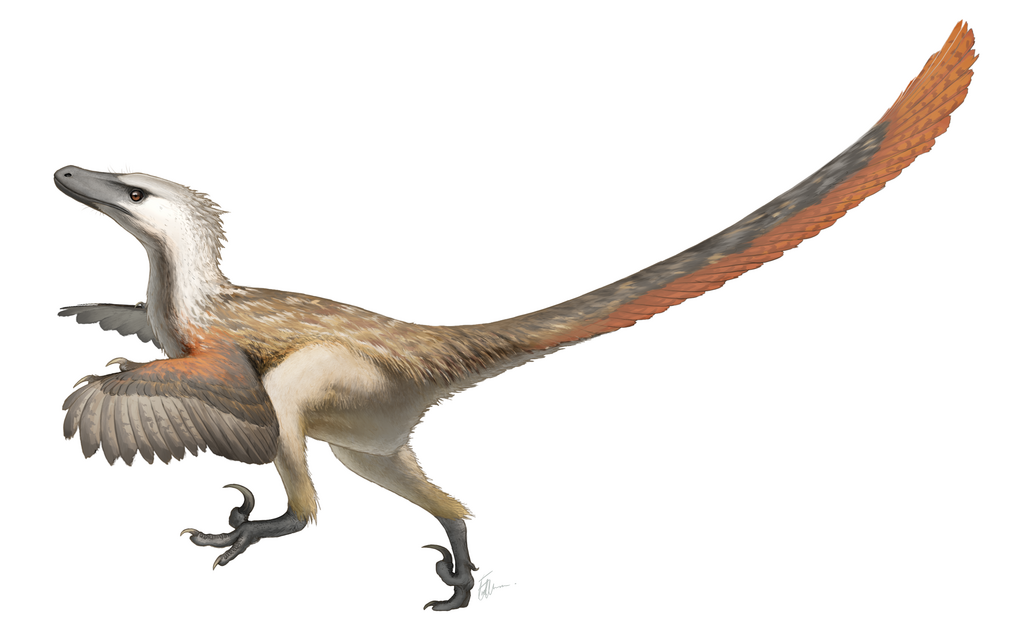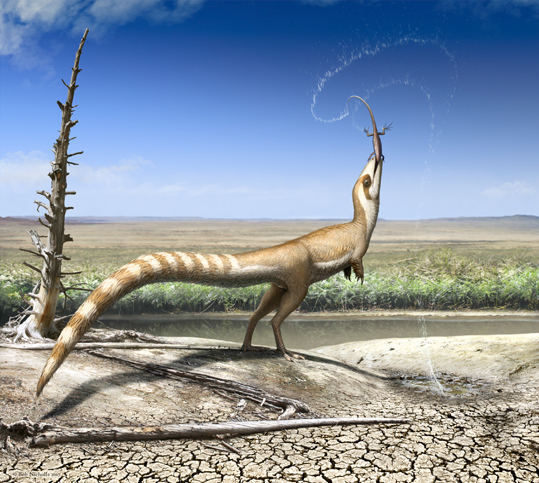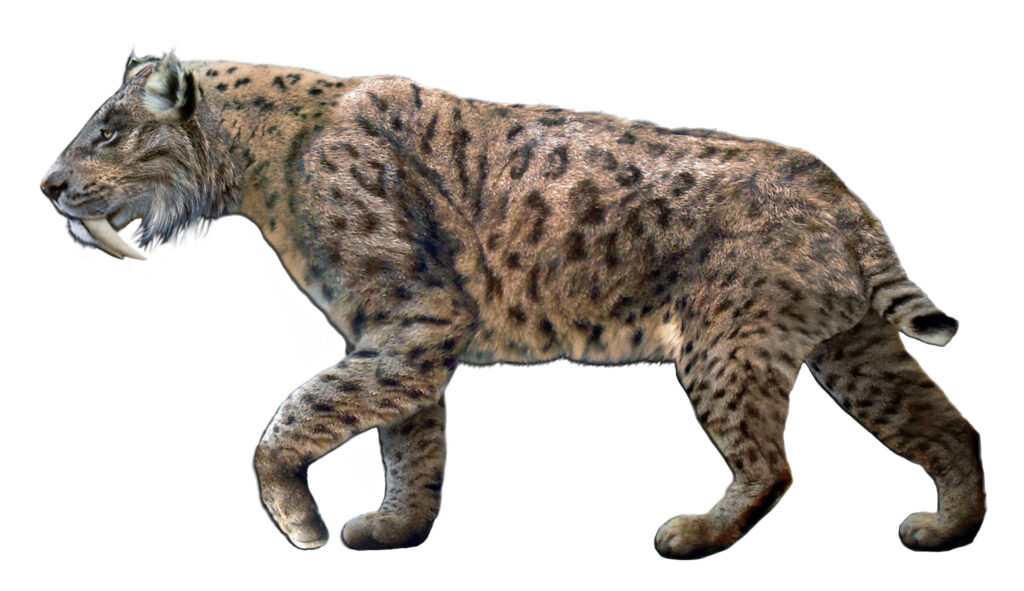The image of dinosaurs has undergone a dramatic transformation in recent decades. Once depicted as scaly, reptilian creatures, many dinosaurs are now known to have sported feathers similar to modern birds. This revolutionary understanding has reshaped our perception of these ancient animals and strengthened the evolutionary connection between dinosaurs and birds. The discovery of feathered dinosaur fossils has been one of paleontology’s most exciting developments, challenging long-held assumptions about dinosaur appearance and biology. Through careful examination of fossil evidence and comparative analysis with modern birds like parrots, scientists have developed a more accurate and nuanced picture of feathered dinosaurs that continues to evolve as discoveries emerge.
The Evolution of Dinosaur Imagery

Our understanding of dinosaur appearance has changed dramatically since the early days of paleontology. In the 19th and much of the 20th century, dinosaurs were consistently portrayed as reptilian creatures with scaly skin, similar to modern lizards or crocodiles. This representation was based on limited fossil evidence and the assumption that dinosaurs were simply large reptiles. Films like “Jurassic Park” cemented this scaly image in popular culture. However, starting in the 1970s and accelerating in the 1990s with remarkable fossil discoveries from China, evidence began mounting that many dinosaur species possessed feathers. This paradigm shift represents one of the most significant revisions in scientific understanding of prehistoric life, completely transforming how we visualize these ancient creatures and their relationship to modern birds.
The First Feathered Dinosaur Discoveries

The first definitive evidence of feathered dinosaurs came in 1996 with the discovery of Sinosauropteryx in China’s Liaoning Province. This small theropod dinosaur preserved clear impressions of primitive feather-like structures called “proto-feathers” or “dinofuzz.” These structures appeared as filamentous coverings across the dinosaur’s body. Following this groundbreaking find, paleontologists uncovered numerous other feathered dinosaur species from the same region, including Caudipteryx and Protarchaeopteryx, which showed more complex feather structures. The exceptional preservation in these fossils was due to fine volcanic ash that entombed the animals, preserving even delicate feather impressions. These discoveries were revolutionary because they provided physical evidence for a theory that had been gaining support: that birds evolved from theropod dinosaurs.
Types of Dinosaur Feathers

Dinosaur feathers weren’t identical to those of modern birds like parrots, but instead represented various evolutionary stages of feather development. The simplest type was the single-filament proto-feather, essentially a hollow tube similar to the down of modern bird chicks. More complex were the branched filaments, where multiple filaments connected to a central shaft, creating a structure resembling a bottle brush. Some dinosaurs possessed pennaceous feathers with a central shaft (rachis) and barbs extending from it, more closely resembling modern bird feathers. The most advanced dinosaur feathers had interlocking barbules creating a vane structure, much like modern flight feathers. This diversity of feather types across different dinosaur species illustrates the gradual evolution of feathers from simple insulating structures to complex aerodynamic surfaces capable of supporting flight.
Which Dinosaur Groups Had Feathers?

Feathers were not universal among dinosaurs but appeared primarily within theropods, the group of bipedal, mostly carnivorous dinosaurs that includes Tyrannosaurus rex and Velociraptor. Within theropods, feathers were most common among coelurosaurs, particularly maniraptorans, which include dromaeosaurs (like Velociraptor) and troodontids. These groups are the closest dinosaur relatives to modern birds. Evidence also suggests some ornithischian dinosaurs (the group including Triceratops and Stegosaurus) may have had bristle-like filaments, though these differed from true feathers. Large sauropods (long-necked dinosaurs) and many large theropods likely retained primarily scaly skin, though even T. rex may have had patches of primitive feathers. This distribution suggests feathers first evolved in small-bodied theropod dinosaurs before the origin of birds, and were subsequently lost in some larger species where insulation was less necessary.
The Famous Feathered Velociraptor

Velociraptor, made famous by the “Jurassic Park” franchise as a scaly, reptilian predator, was covered in feathers in real life. Direct evidence came in 2007 when scientists discovered quill knobs (attachment points for feathers) on a Velociraptor forearm fossil. These structures, identical to those on modern birds, indicated that Velociraptor had large, well-developed wing feathers, despite being flightless. Rather than the naked, lizard-like appearance shown in films, real Velociraptors would have resembled large, flightless birds of prey, covered in feathers from head to tail. Their feathers likely served for display, insulation, and possibly brooding behaviors similar to modern birds. This feathered reality makes Velociraptors even more terrifying in some ways—imagine being hunted by an intelligent, pack-hunting predator that resembled a flightless hawk the size of a wolf.
Color in Dinosaur Feathers

Remarkably, scientists can now determine the colors of some dinosaur feathers by analyzing fossilized melanosomes, the cellular structures that contain pigment. These tiny structures have distinct shapes depending on the color they produced, allowing researchers to reconstruct dinosaur coloration. Microraptor, a small four-winged dinosaur, had iridescent black feathers similar to modern crows. Sinosauropteryx sported a reddish-brown and white striped tail. Anchiornis had a primarily grey body with a reddish crown and white-and-black striped wings. These color patterns likely served multiple purposes, including camouflage, species recognition, and sexual display, similar to modern birds like parrots. The discovery that some dinosaurs had colorful, patterned feathers further strengthens their connection to modern birds and suggests they may have engaged in complex visual communication and courtship displays, much like today’s parrot species.
Feathers and Flight Evolution

The evolution of flight in dinosaurs represents one of nature’s most remarkable innovations, but feathers didn’t initially evolve for flying. The earliest feathered dinosaurs couldn’t fly, suggesting feathers first developed for other purposes, like insulation or display. The flight path likely progressed through several stages. Some dinosaurs, like Microraptor, had four feathered limbs, possibly using them for gliding between trees. Others may have been “ground-up” flyers, using wings for balance while running or to assist in catching prey. Archaeopteryx, often considered the first bird, could likely f, ly but not with the efficiency of modern birds. True powered flight evolved gradually, with improvements in wing structure, feather complexity, and skeletal adaptations. This evolutionary sequence from small feathered dinosaurs to flying birds represents one of the most well-documented major evolutionary transitions in the fossil record, showing how structures like feathers can be repurposed for new functions over evolutionary time.
Parrot Feathers vs. Dinosaur Feathers

Modern parrot feathers represent the culmination of over 150 million years of evolutionary refinement since the first feathered dinosaurs. Parrot feathers possess a complex structure with a central shaft, barbs, and tiny hooks called barbules that zip the feather together into a smooth surface. Many dinosaur feathers, particularly early forms, lacked this complex interlocking structure. Parrots also have specialized feather types for different functions: contour feathers for aerodynamics, down feathers for insulation, and specialized display feathers. Their feathers contain structural elements that create vivid colors through light refraction, producing the brilliant blues and greens seen in many parrot species. While some dinosaurs had advanced pennaceous feathers approaching modern bird feathers in structure, none likely reached the sophistication of parrot plumage. However, the basic blueprint of modern bird feathers was established in theropod dinosaurs, making parrot feathers direct evolutionary descendants of those first dinosaur proto-feathers.
Why Did Dinosaurs Develop Feathers?

The evolution of feathers in dinosaurs likely served multiple functions that shifted over time. Initially, simple filamentous feathers probably provided insulation, helping small dinosaurs regulate body temperature, crucial for maintaining the active lifestyles evidence suggests many theropods had. As feathers became more complex, they likely gained importance for display purposes, with colorful patterns used to attract mates or intimidate rivals, similar to peacocks or birds of paradise today. Feathers may have also aided in camouflage, helping predators hide or prey avoid detection. In species like Microraptor, feathers on all four limbs possibly assisted in gliding between trees. For nesting dinosaurs, feathers would have been useful for brooding eggs, providing warmth and protection. Only later were feathers co-opted for flight in the lineage leading to birds. This multi-functionality explains why feathers persisted and elaborated through dinosaur evolution even before they served any aerodynamic purpose.
T. Rex: Feathered or Scaly?

The question of whether Tyrannosaurus rex had feathers remains contentious among paleontologists. Early evidence suggested T. rex might have had feathers, especially since smaller tyrannosaur relatives like Dilong and Yutyrannus clearly possessed feathery coverings. However, more recent fossil skin impressions from T. rex and its close relatives show primarily scaly skin in the sampled areas. The current scientific consensus suggests a middle ground: juvenile T. rex likely had patches of feathers for insulation, while adults may have lost most or all feathers as they grew larger. This pattern resembles modern elephants, which are born with hair but become increasingly hairless as adults due to their large size and heat retention. Any remaining feathers on adult T. rex would likely have been restricted to specific areas like the back or neck, possibly serving display functions rather than insulation. This evolution from feathered juvenile to predominantly scaly adult reflects the decreasing need for insulation as body size increased.
Modern Birds as Living Dinosaurs

The scientific consensus today is that birds aren’t just descended from dinosaurs—they are dinosaurs, specifically avian dinosaurs, the only dinosaur lineage to survive the mass extinction 66 million years ago. This classification is based on numerous shared anatomical features between birds and their dinosaur ancestors, including wishbones, three-toed feet, hollow bones, and, of course, feathers. Modern birds like parrots retain over 100 anatomical features found in their non-avian dinosaur relatives. The transition from non-avian dinosaurs to birds was so gradual that drawing a definitive line between “bird” and “dinosaur” is nearly impossible. When you observe a parrot’s behavior—its bipedal stance, scaled feet, territorial displays, and nesting habits—you’re witnessing behaviors with roots in dinosaur ancestry. This evolutionary continuity means that studying modern birds provides invaluable insights into dinosaur biology, behavior, and evolution that fossil evidence alone cannot provide.
Ongoing Discoveries and Changing Perspectives

Our understanding of feathered dinosaurs continues to evolve with discoveries emerging regularly. Recent finds include dinosaur fossils preserved in amber, capturing feather structure with unprecedented detail. New methods like synchrotron imaging allow scientists to examine fossils at a microscopic level, revealing previously invisible features of feather structure. The geographic range of feathered dinosaur discoveries has expanded beyond China to include finds in North America, Europe, and Russia, suggesting feathered dinosaurs were more widespread than initially thought. Paleontologists are also finding evidence of feather-like structures in dinosaur groups where they weren’t previously documented. Each discovery refines our understanding of feather evolution and dinosaur appearance. The speed of these advances means public perception often lags behind scientific understanding, with many popular depictions still showing all dinosaurs as scaly creatures despite overwhelming evidence that many species were feathered. This rapidly evolving field ensures our image of dinosaurs will continue to transform in the coming years.
Cultural Impact of Feathered Dinosaurs

The revelation that many dinosaurs had feathers has had a profound impact on cultural representations of these prehistoric creatures. Museums worldwide have updated their dinosaur exhibits to include feathered models, providing visitors with a more accurate vision of how these animals appeared. Documentary series like BBC’s “Planet Dinosaur” embraced feathered dinosaurs, helping shift public perception. However, popular films have been slower to adapt—the “Jurassic World” franchise notably continued depicting dinosaurs like Velociraptor without feathers, though filmmakers acknowledged this was an artistic choice rather than scientific accuracy. The feathered dinosaur revolution has spawned a new generation of paleoartists who specialize in creating scientifically informed, feathered reconstructions that are both accurate and visually striking. This shift represents more than just a change in appearance—it transforms dinosaurs from monsters into animals, making them more relatable to modern fauna like birds. The cultural adjustment continues as educators, artists, and media producers work to align popular dinosaur imagery with scientific understanding.
How Dinosaur Feathers Connect to Today’s Birds

The evidence is now overwhelming that many dinosaurs possessed feathers, though not identical to the complex plumage of modern parrots. This revolutionary understanding has transformed dinosaurs from scaled reptilian monsters into more bird-like creatures, strengthening their evolutionary connection to modern birds. Through remarkable fossil discoveries, we can now visualize many dinosaurs accurately, covered in various types of feathers that served functions from insulation to display and eventually flight. As research continues, our picture of dinosaur appearance and biology grows ever more nuanced and fascinating. The next time you observe a parrot’s colorful feathers, remember you’re looking at the refined descendants of structures that once adorned velociraptors, tyrannosaurs, and countless other dinosaurs across the Mesozoic landscape—a living connection to the prehistoric world.




